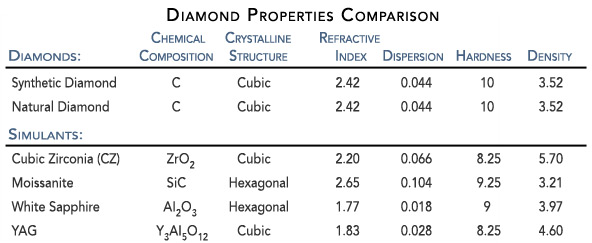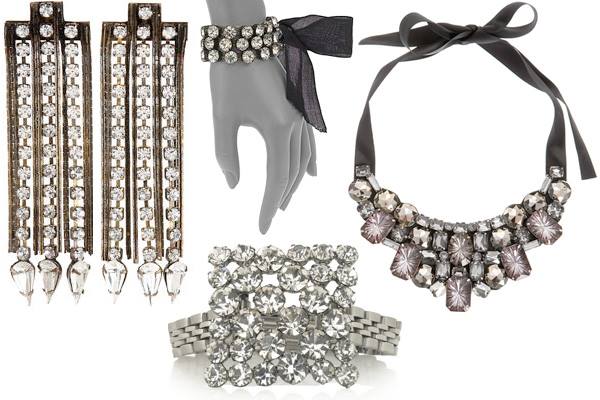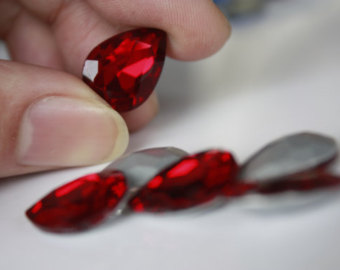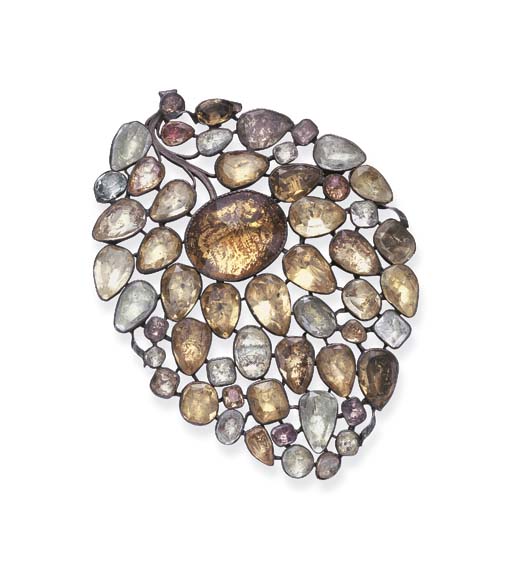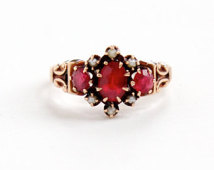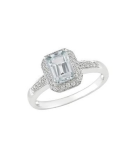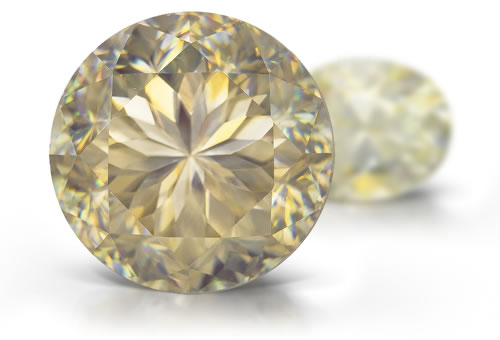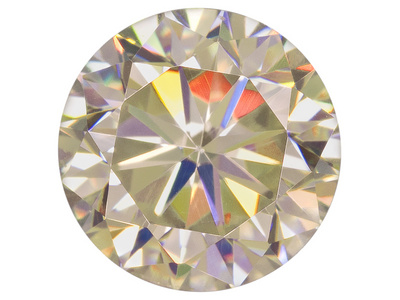Want to enjoy the latest trendy diamond-like jewelry without pinching your wallet? Consider diamond simulants!
Diamond simulants are imitations that look like diamonds. They are NOT diamonds. They do not have the same physical or chemical properties of diamonds. As these manufactured ones can be made in quantity, diamond simulants are thus less expensive than diamonds!
Image credit: AOTC
Under magnification, we can make a separation of diamond and its simulants. Notice that a diamond’s excellent hardness makes it possible for it to achieve very sharp facet junctions and superior polish. In contrast, a simulant’s facet junctions appear more rounded, and it tends to show more signs of wear – abrasions and scratches, and lesser luster.
Note also a diamond has higher thermal conductivity than almost any simulant. This means a diamond stays cooler when exposed to heat. It feels cooler to the touch than a simulant. Additionally, a diamond has lower Specific Gravity (SG) than most simulants.
Keeping in mind the differentiating properties, and armed with the right tools and equipment on hand, making a separation can be easy. Without any prior training, a thermal tester makes separation even easier!
Image credit: Jewelry Notes
This instrument provides a quick and reliable reading on mounted or loose stones. Hold the tip of the tester’s probe against a facet. Repeat the test if the tip of the probe touches the metal. Adjust for conditions such as the mounting, the temperature of the room, the identity or size of the stone, as they can sometimes affect the results.
Traditional standard thermal diamond testers CANNOT differentiate a synthetic moissanite (moissanite) from a diamond. A moissanite is a manmade material whose thermal properties are so close to those of a diamond that it can be mistaken for a diamond. Today, the stones are also put through electrical conductivity test to tell them apart. Between a diamond and a synthetic moissanite, a diamond has lower electrical conductivity. The latest tester models available on the market combine heat/electricity testing for greater accuracy.
